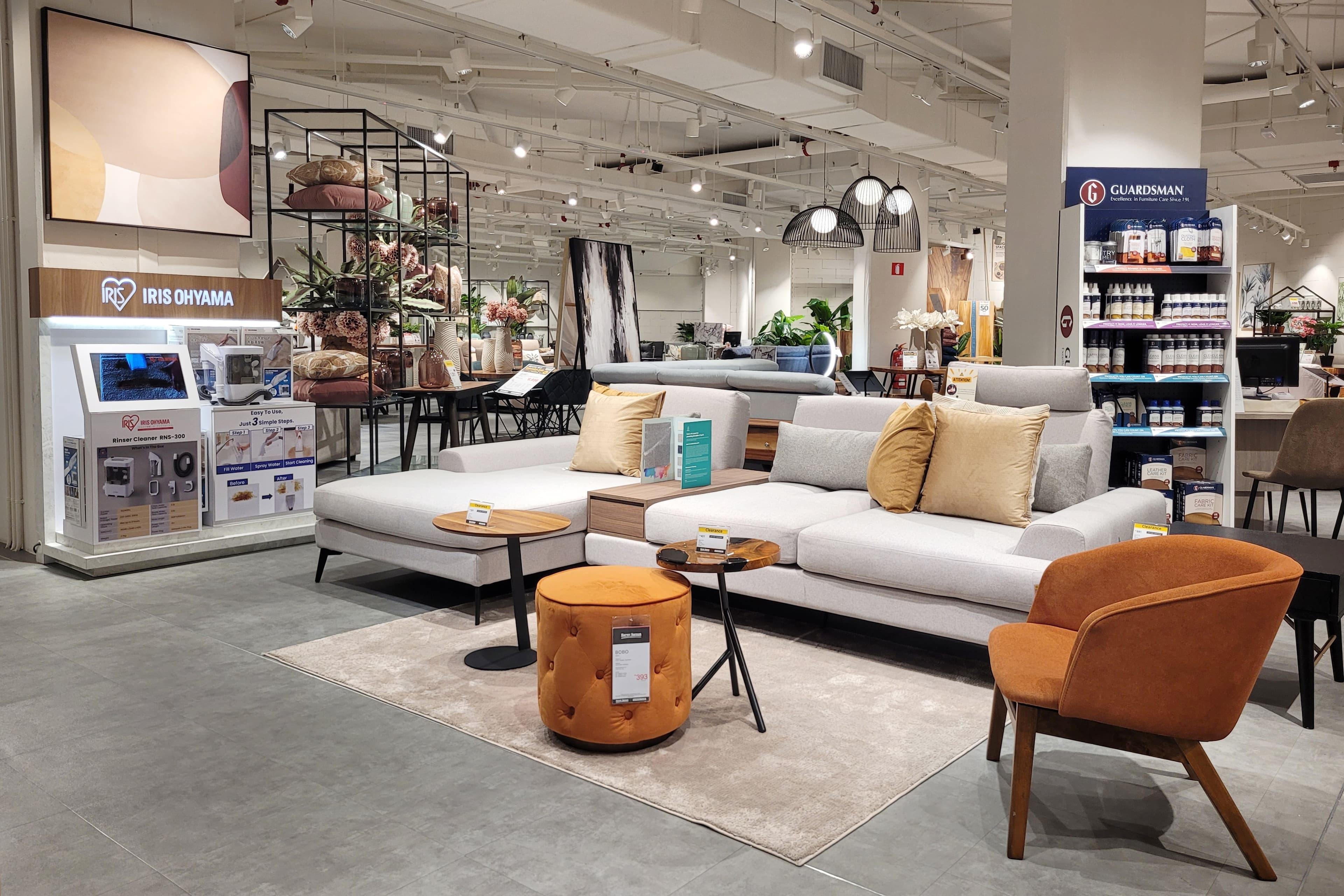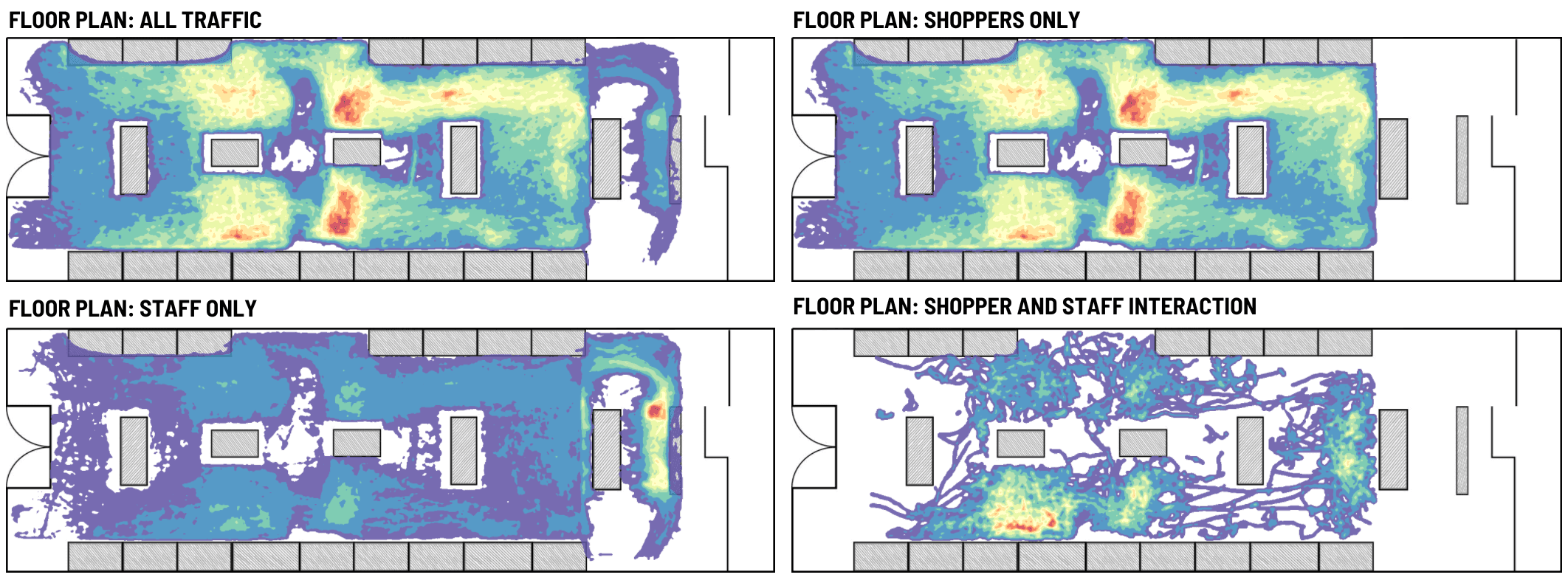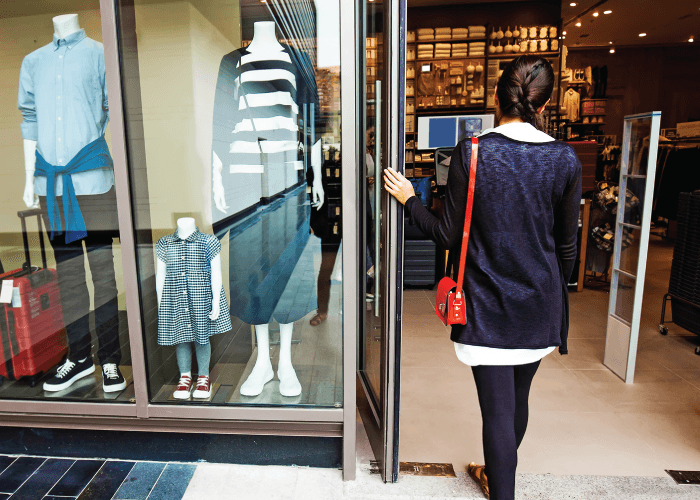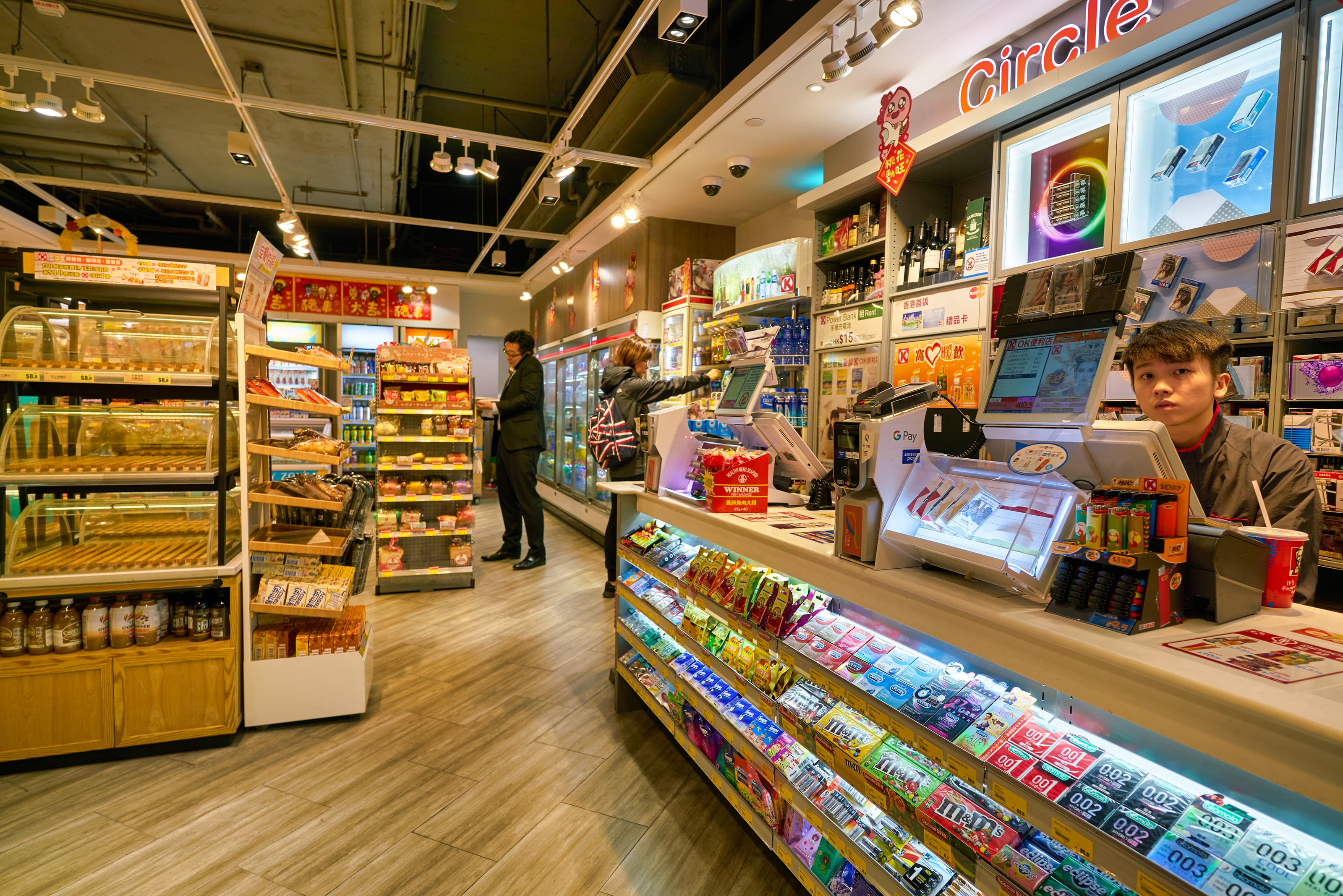4 Ways To Make Your Small Retail Showroom A Success

On this page
In the digital age, the allure of e-commerce is undeniable, but the tactile experience of a physical store remains irreplaceable. Step into the brick-and-mortar showroom—a place where customers can engage with products, get expert advice, and fully experience a brand's identity. Unlike typical retail stores that prioritize sales, showrooms prioritize presentation. They enable customers to interact with products in person before making a purchase either in-store or online. With effective strategies, even smaller showrooms can be valuable for building brand loyalty and increasing sales.
READ MORE: Retail 2.0: The AI Advantage
The Importance Of A Retail Showroom
Showrooms are crucial for several reasons, particularly in an era where online shopping continues to grow. First and foremost, they offer customers the opportunity to physically interact with products. No matter how advanced online shopping becomes, it cannot replicate the feel, fit, or texture of a product. For example, brands like Warby Parker have thrived by leveraging showrooms to allow customers to try on glasses before making a purchase. This tactile interaction builds confidence in the product, which is something that online images or descriptions simply cannot achieve.
Moreover, showrooms serve as brand ambassadors, designed to embody the brand's identity, values, and lifestyle. A well-executed showroom does more than simply display products; it tells a story. For example, Apple's showrooms are meticulously designed to provide a seamless, minimalist experience that reflects the simplicity and elegance of their products. Customers aren't just there to buy gadgets; they are immersing themselves in the Apple ecosystem.
What Sets A Good Showroom Apart From A Bad One?
A successful showroom is not just about aesthetics or the number of products displayed. It’s about creating an environment that enhances the customer’s experience, making them feel welcome, informed, and valued. A good showroom is well-lit, easy to navigate, and offers a clear, concise presentation of products. Every aspect, from the layout to the staff, should contribute to a cohesive and pleasant shopping experience.
On the other hand, a poorly designed showroom can have the opposite effect. Cluttered spaces, poorly trained staff, and confusing layouts can frustrate customers and detract from the brand’s image. For instance, if a customer walks into a showroom and struggles to find what they’re looking for due to a confusing layout, they’re less likely to purchase. Additionally, if the staff is inattentive or lacks product knowledge, it can leave a negative impression that outweighs the initial interest in the product.
Achieving Success In Smaller Showrooms
Size does not dictate success when it comes to retail showrooms. Even smaller spaces can leave a lasting impact if they are well-executed. The key lies in maximizing the available space to create a focused, immersive experience. Retailers should prioritize quality over quantity, ensuring that every element within the showroom is intentional and contributes to the overall brand narrative.
A great example of a small yet successful showroom is that of Bonobos, the men’s apparel brand. Bonobos' Guideshops are designed to be small, intimate spaces where customers receive personalized attention. The space is used efficiently, focusing on a curated selection of clothing that customers can try on with the help of knowledgeable staff. Purchases are then made online and shipped directly to the customer’s home. This model allows Bonobos to operate in smaller, more affordable locations while still providing a premium shopping experience.
The Role Of In-Store Analytics Technology
Technology plays a critical role in enhancing the showroom experience. In-store analytics technology, for example, allows retailers to gain deep insights into customer behavior, preferences, and shopping patterns. This data can be used to optimize the layout, product placement, and overall showroom experience, ensuring that it meets the needs and expectations of customers.

Brands like Nike have harnessed the power of in-store analytics to elevate their showroom experiences. Nike’s flagship stores utilize data to track customer interactions, identify popular products, and adjust inventory in real-time. This ensures that customers always have access to the products they’re interested in, which enhances their shopping experience and increases the likelihood of a purchase. By leveraging in-store analytics, retailers can continuously refine their showroom strategies, leading to better customer experiences and higher sales.
CONTINUE EXPLORING: The New Agenda For Growth: 5 Imperatives For The Digital-Savvy Retailer
Four Retail Showroom Best Practices
Not sure where to start or how to improve your showroom offering? These four insights will have you well on your way to upgrading your showroom(s) in no time.
1. Curate A Focused Product Selection
One of the most effective ways to make a small showroom successful is by curating a focused product selection. Instead of trying to showcase every product, focus on a select few that best represent the brand’s identity and resonate with the target audience. This approach not only helps to create a more streamlined and organized space but also allows for deeper customer engagement with the products on display.
For example, luxury fashion brand Chanel often curates its showroom spaces to feature only the latest collections or a specific theme. By doing so, Chanel creates a sense of exclusivity and importance around the products, encouraging customers to explore them more closely. This curated approach also makes it easier for staff to provide detailed information about each product, further enhancing the customer experience.
2. Create An Immersive Brand Experience
Another key practice is to create an immersive brand experience that goes beyond the products themselves. This can be achieved through thoughtful design, sensory elements, and interactive features that engage customers on multiple levels. The goal is to transport customers into the brand’s world from the moment they step into the showroom.
A standout example is the Ikea Concept Stores, where customers are invited to experience different home environments. These showrooms are designed to resemble real homes, allowing customers to see how products fit into their daily lives. By creating these immersive environments, Ikea helps customers visualize how the products can enhance their own homes, making the shopping experience more personal and meaningful.
3. Provide Exceptional Customer Service
Excellent customer service is a hallmark of any successful showroom, regardless of its size. In a smaller showroom, the importance of personalized, attentive service is magnified. Staff should be well-trained, knowledgeable about the products, and capable of anticipating customer needs. Personal interactions in a small showroom can leave a lasting impression, making customers more likely to return or recommend the brand to others.
Take, for example, the personalized service offered at the luxury department store, Nordstrom. Even in smaller Nordstrom showrooms, customers receive one-on-one attention from sales associates who are dedicated to helping them find the perfect item. This level of service not only enhances the shopping experience but also fosters customer loyalty and positive word-of-mouth.
4. Leverage Technology For A Seamless Experience
Finally, leveraging technology is essential for creating a seamless and engaging showroom experience. From interactive displays to mobile payment options, technology can simplify the shopping process and provide customers with additional information and convenience.
Rebecca Minkoff’s showrooms feature smart mirrors that enable customers to browse different styles, request items in various sizes, and even order beverages — all from the fitting room. This integration of technology enhances the overall shopping experience, making it more enjoyable and efficient for customers. By incorporating technology into the showroom, brands can provide a modern, convenient shopping experience that meets the expectations of today’s consumers.
Creating a successful brick-and-mortar showroom requires a thoughtful approach that goes beyond just displaying products. It’s about crafting an environment that reflects the brand, engages customers, and provides an unforgettable shopping experience. By curating a focused product selection, creating an immersive brand experience, providing exceptional customer service, and leveraging technology, retailers can make even the smallest showrooms successful. As demonstrated by major brands like Chanel, Ikea, Nordstrom, and Rebecca Minkoff, the key to success lies in the details and in the ability to adapt to the evolving needs of the modern consumer.
BEFORE YOU GO: Recognizing The Value Of Shopper Journey Analysis In Stores
About the author:

Ashton Kirsten, Global Brand Manager, RetailNext
Ashton holds a Master's Degree in English and is passionate about physical retail's unbridled potential to excite, entertain, serve, and solve problems for today's shoppers.



